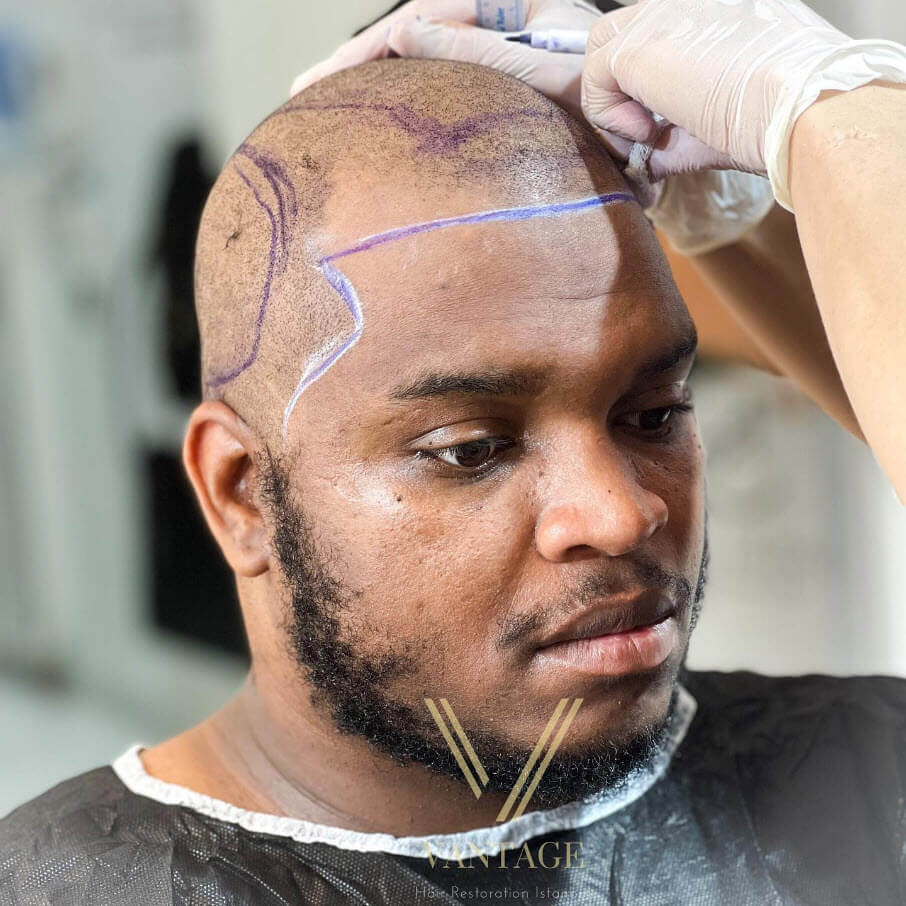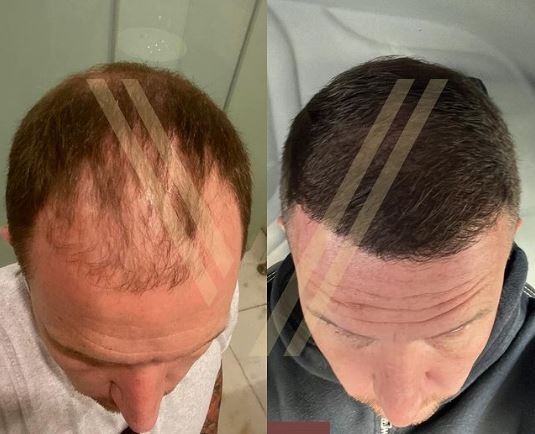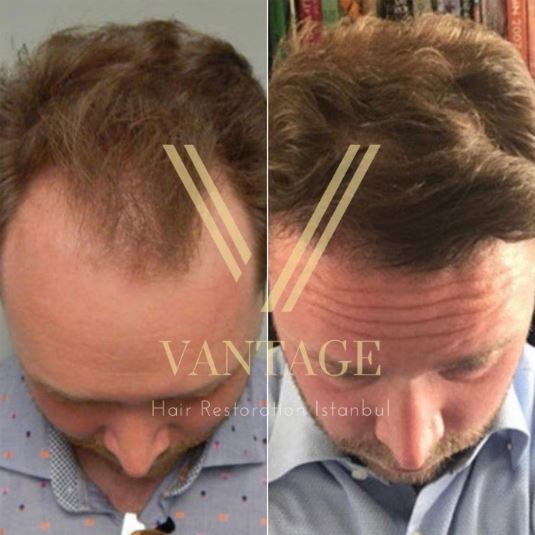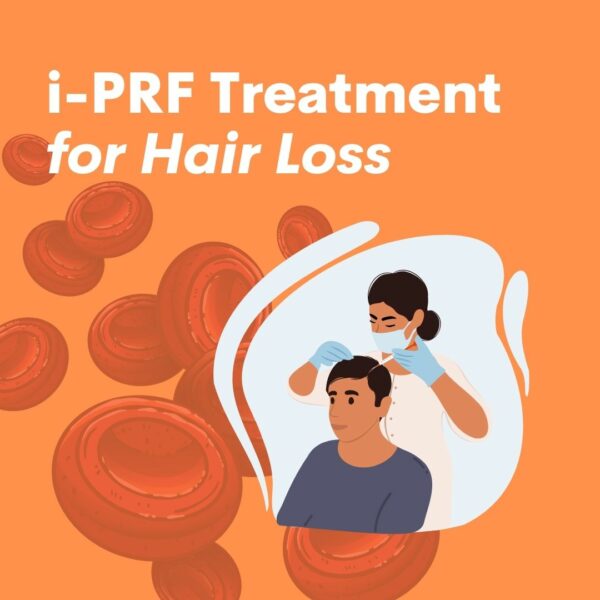
Hair loss can be a distressing experience for both men and women, impacting self-confidence and overall well-being. Fortunately, advancements in medical science have led to the development of innovative treatments to address this common concern. One such treatment gaining popularity is i-PRF (injectable Platelet-Rich Fibrin) therapy. i-PRF treatment offers a promising solution for individuals experiencing hair loss, providing a non-surgical, minimally invasive option with minimal downtime and a favourable safety profile. Keep reading if you are curious about the novel i-PRF treatment for hair loss, including its procedure, cost, effectiveness, safety, and timeline for visible results.

One Patient at a Time

High-Quality Equipment

No-Shave Required
i-PRF Treatment for Hair Loss
i-PRF treatment is a non-surgical, minimally invasive procedure that utilizes the healing properties of the patient’s blood to stimulate hair growth. Platelets in the blood contain growth factors that promote tissue repair and regeneration. By extracting and processing the patient’s blood to concentrate the platelets, i-PRF therapy harnesses these growth factors to enhance hair follicle health and promote regrowth.
Steps of i-PRF Treatment
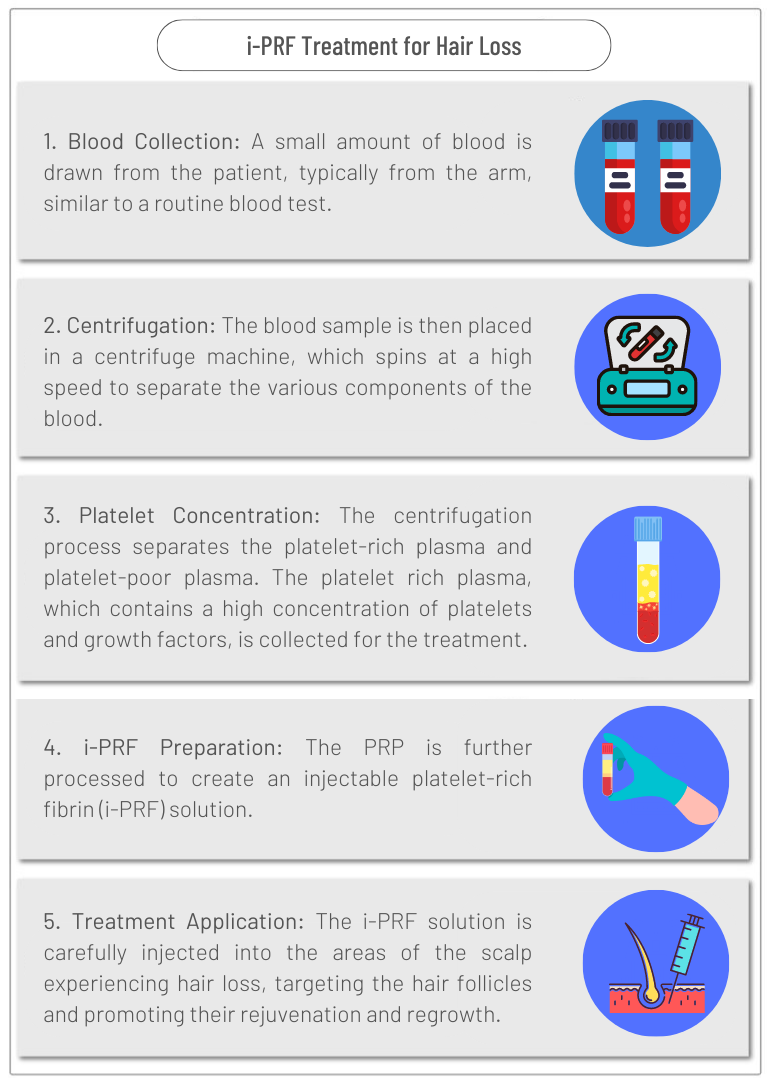
Cost of i-PRF Treatment in Turkey
i-PRF treatment for hair loss is relatively affordable compared to other hair restoration procedures. In Turkey, the cost of a single session of i-PRF treatment typically ranges between 150 to 200 USD. It is important to note that the cost may vary depending on the clinic, the expertise of the medical professionals, and additional factors specific to each individual’s needs.
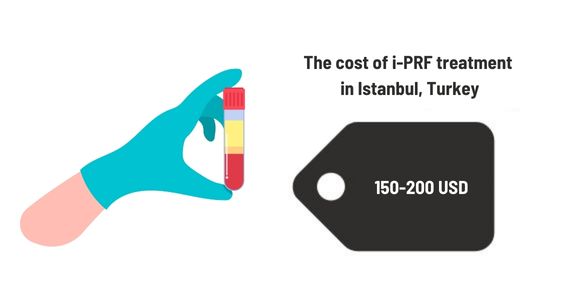
How i-PRF Hair Treatment Works Inside the Body
Once the i-PRF solution is injected into the scalp, the growth factors present in the platelets stimulate the cells in the hair follicles, promoting increased blood circulation and providing nourishment to the hair roots. This revitalizes dormant follicles, prolongs the growth phase of the hair cycle, and encourages the production of thicker, stronger hair strands.
Suitable Candidates for i-PRF Hair Treatment
i-PRF treatment is generally suitable for individuals experiencing mild to moderate hair loss or thinning. It can be beneficial for both men and women who are looking for a non-surgical, minimally invasive hair restoration option. However, the ideal candidacy for i-PRF treatment can be determined through a consultation with a qualified medical professional who will assess the individual’s specific condition and medical history.
Safety of i-PRF Hair Treatment
One of the significant advantages of i-PRF treatment is its safety profile. Since the treatment utilizes the patient’s own blood, there is minimal risk of adverse reactions or allergies. Additionally, i-PRF is a non-surgical procedure, reducing the likelihood of complications associated with invasive surgical interventions. However, as with any medical procedure, it is crucial to choose a reputable clinic and undergo the treatment under the supervision of qualified medical professionals to ensure safety and optimal results.
Pain Level During i-PRF Hair Treatment
i-PRF treatment is generally well-tolerated, and most individuals experience minimal discomfort during the procedure. Before the treatment, a local anaesthetic may be applied to the scalp to numb the area and enhance comfort. Some individuals may feel slight pressure or a sensation similar to small pinpricks during the injections. However, the pain level is typically low, and any discomfort is temporary.
i-PRF Hair Treatment vs Hair Transplant Surgery
Both i-PRF treatment and hair transplant surgery aim to address hair loss, but they differ in their approach and invasiveness. i-PRF treatment is a non-surgical option that promotes hair regrowth by stimulating the existing hair follicles. It is suitable for individuals with mild to moderate hair loss. Hair transplant surgery, on the other hand, involves surgically transplanting hair follicles from a donor area to the recipient area and is typically recommended for individuals with more advanced hair loss. The choice between the two options depends on the individual’s specific condition and the recommendation of the medical professional.
Timing of i-PRF Hair Treatment in Relation to Other Procedures
The timing of i-PRF treatment in relation to other procedures, such as hair transplant surgery, may vary depending on the individual case. In some instances, i-PRF treatment may be used before hair transplant surgery to enhance the condition of the scalp and promote better outcomes. In other cases, it may be recommended as a standalone treatment or a complementary procedure post-hair transplant surgery to support the healing process and promote hair growth.
Visibility of Results from i-PRF Treatment
The timeline for visible results from i-PRF treatment can vary among individuals. Some individuals may start noticing improvements in hair growth and thickness within a few weeks to a few months after the treatment. However, it is important to note that hair growth is a gradual process, and optimal results may require multiple sessions of i-PRF treatment spaced over several months. The medical professional overseeing the treatment can provide a more accurate estimate of the expected timeline based on the individual’s unique circumstances.
By harnessing the healing properties of the patient’s own blood, i-PRF therapy stimulates hair follicle rejuvenation and promotes natural hair regrowth. As with any medical procedure, it is important to consult a qualified medical professional to assess suitability, understand the treatment process, and set realistic expectations. You can get in touch with the experts here at Vantage Hair Restoration to get more information on the i-PRF treatment.

